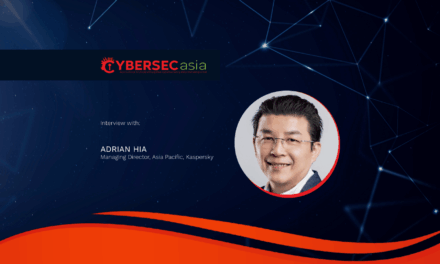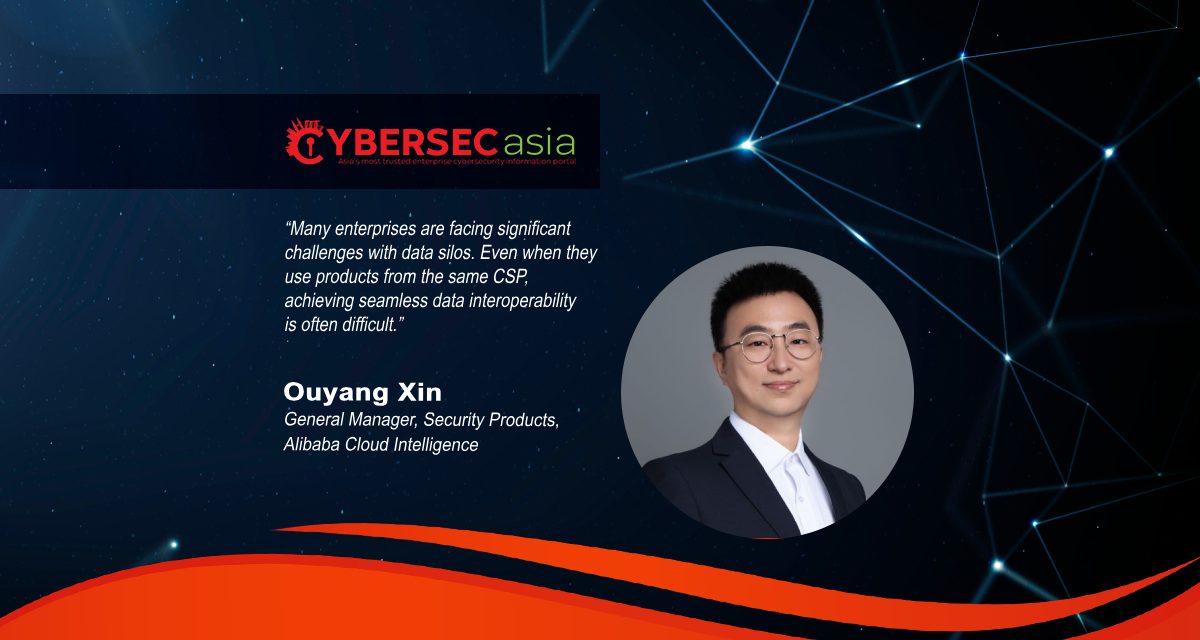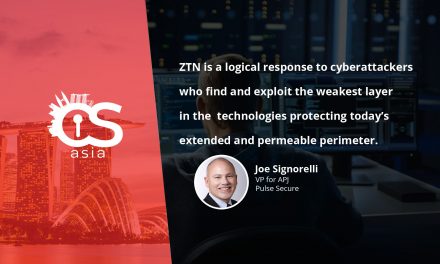As a double-edged sword, AI requires numerous critical ingredients in place before it can fulfill its positive potential. Find out why.
In the development of large language models (LLMs), safety is the one most concerning issues, including elements such as ethics, content safety and malicious use by bad actors.
However, we should take comfort in knowing that AI also offers powerful tools to enhance security. It can significantly improve the efficiency and accuracy of security operations, providing users with advanced methods to detect and prevent such threats.
This has been setting the stage for an ongoing battle where AI technologies are employed to counteract malicious use of the same technology. In essence, it is a battle of using “magic to fight magic”, where all warring parties are constantly raising their game.
Tackling common cloud security failures
In the AI vs AI war, one factor working against organizations is increased infrastructural complexity. As more of them adopt multi-cloud and hybrid cloud environments, their IT infrastructure has also become increasingly complex. This trend has a notable downside: it drives up the costs associated with security management:
- Corporations must now oversee security products spread across public and private clouds, as well as on-premises data centers. They must address security incidents that occur in various environments. This complexity inevitably leads to extremely high operational and management costs for IT teams.
- Moreover, many enterprises are facing significant challenges with data silos. Even when they use products from the same cloud provider, achieving seamless data interoperability is often difficult. Security capabilities are fragmented, data cannot be integrated, and security products become isolated islands, unable to coordinate. This fragmentation results in a disjointed and less effective security framework.
- Additionally, the internal organizational structure of many enterprises is often fragmented. For example, the IT department generally handles office security, whereas individual business units are responsible for their own production network security. This segregation can create vulnerabilities at the points where these distinct areas overlap.
These challenges could be the reasons why we have been witnessing a huge uptake in the application of AI to enhance cybersecurity further and more cost-effectively.
Specifically, in the area of malware detection, AI assistants can leverage LLMs’ code understanding, code generation, and summarization capabilities to improve detection accuracy and speed. When applied optimally, AI assistants can help security engineers to significantly increase work efficiency — leading to cost savings in cybersecurity management.
On top of leveraging AI to enhance cloud security and improve cybersecurity management efficiency, a key factor to reduce infrastructural complexity is breaking down siloes and enhancing infrastructural integration.
Adopting a holistic cybersecurity approach
To ensure that their AI-powered cybersecurity strategies work optimally, organizations will need to adopt a unified approach that addresses three key scenarios: integrated security for cloud infrastructure, cohesive security technology domains, and seamless office and production environments. Specifically:
- Integrating cloud infrastructure security can help leaders tackle the challenges posed by increasingly complex IT environments, with a primary focus on the unified security management of diverse infrastructures, including public and private clouds. Advanced solutions can enable enterprises to manage their resources through a single, centralized console, regardless of where those resources are located. This observability approach ensures seamless and efficient security management across all aspects of an organization’s IT infrastructure.
- Unifying security technology domains can bring together security product logs to create a robust security data lake. This centralized storage enables advanced threat intelligence analysis and the consolidation of alerts, enhancing the overall security posture and response capabilities.
- Integrating office and production environments can help streamline data and processes across such departments. This integration not only boosts the efficiency of security operations but also minimizes the risk of cross-departmental intrusions, ensuring a more secure and cohesive working environment.
Ultimately, we believe that the integration of AI with cloud security and cybersecurity in general is becoming increasingly vital for data protection, wherever it is stored.
That explains why cloud service providers (CSPs) are striving to offer comprehensive support for AI, ranging from infrastructure to AI development platforms and applications.
Indeed, CSPs can assist users in many aspects of AI security and compliance, such as data security protection and algorithmic compliance. However, the focus must always be on helping users build fully connected data security solutions and providing them with more efficient content security detection solutions via a holistic approach.

















